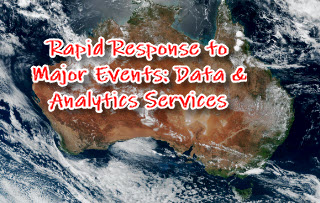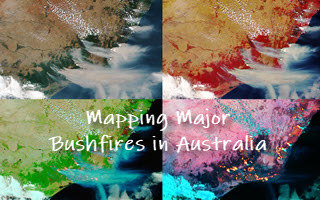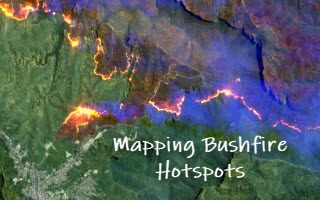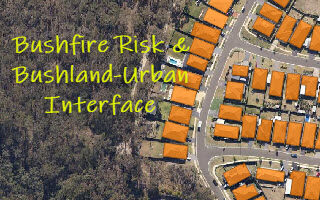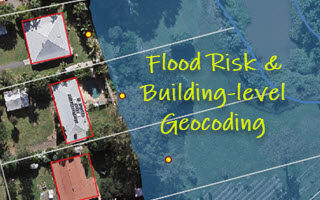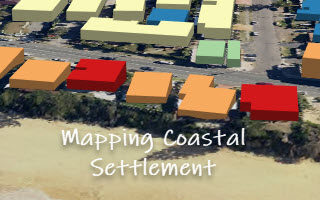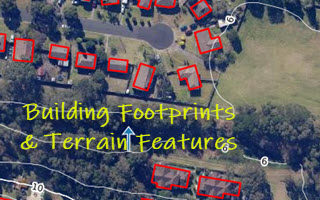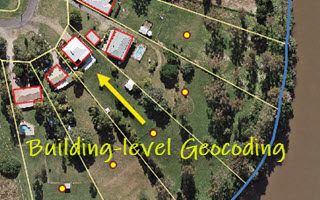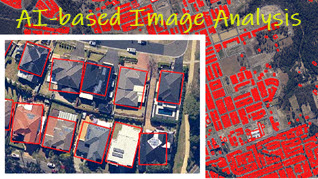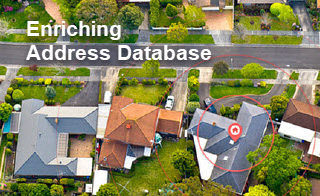Data & Analytics Services in Response to Major Events: New Case Studies
We offer data & analytics services to aid rapid response to major events, such as disasters and emergencies. In this blog, we showcase our efforts in response to a number of major events in Australia during the summer week of 20-26 January 2021. A range of information products related to a tropical low, [...]

